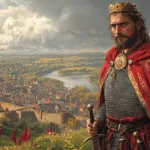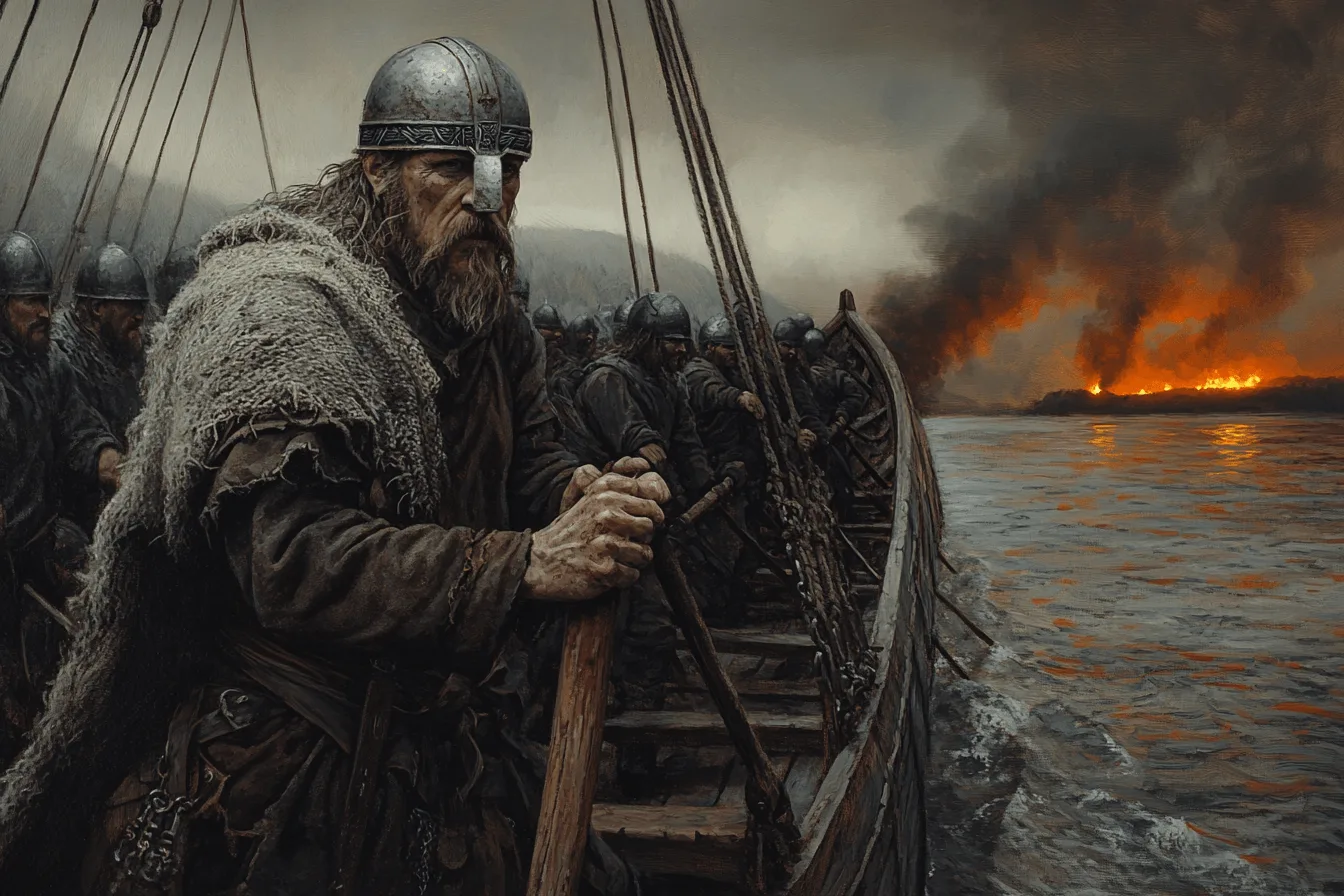
The late 9th century witnessed one of the most dramatic and consequential invasions in the history of Britain: the arrival of the Great Viking Army, a formidable coalition of Scandinavian warriors who sought not just to raid, but to conquer and settle. The Great Heathen Army’s 14-year campaign – from its landing in East Anglia in 865 to the establishment of the Danelaw – changed the course of English history.
The Roots of the Invasion
The story of the Great Viking Army begins with the broader context of Viking activity in Britain. Since the late 8th century, Scandinavian raiders had been targeting the British Isles, initially focusing on wealthy monasteries and coastal settlements. These early raids, such as the infamous attack on Lindisfarne in 793, were characterized by hit-and-run tactics and a focus on plunder. However, by the mid-9th century, the nature of Viking incursions began to change. Raiders started overwintering in Britain, building fortified camps, and launching more ambitious campaigns.
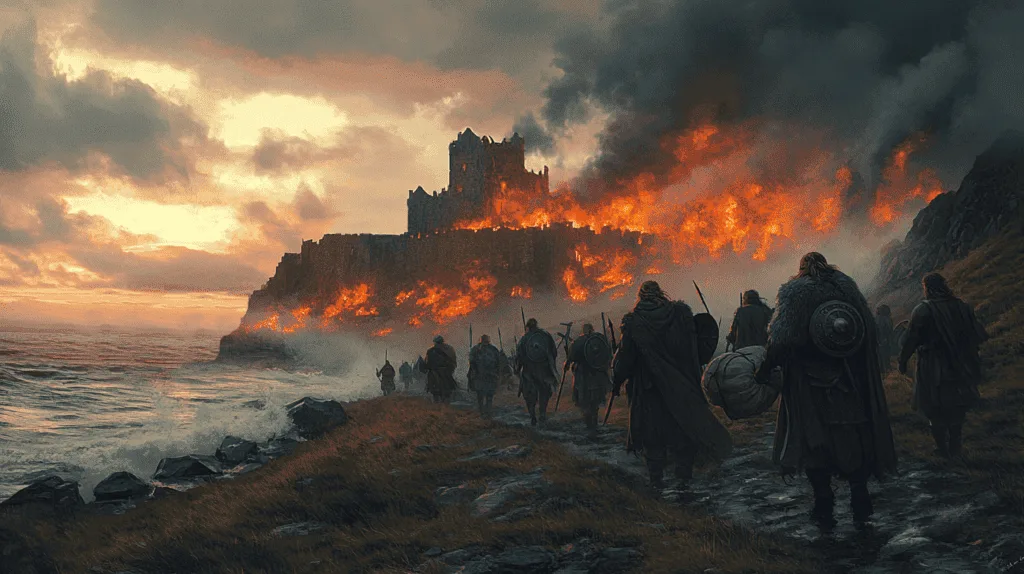
The catalyst for the Great Heathen Army’s invasion is shrouded in legend and history. According to Norse sagas and the Anglo-Saxon Chronicle, the invasion was motivated by revenge for the death of the legendary Viking leader Ragnar Lodbrok, who was allegedly killed by King Ælla of Northumbria. Ragnar’s sons—Ivar the Boneless, Halfdan, and Ubba—are said to have led the army in retaliation. While the historicity of Ragnar is debated, the invasion itself was very real and marked a turning point in Viking strategy.
The Arrival and Early Campaigns
In late 865, a massive Viking force, larger than any previously seen in Britain, landed in East Anglia. The Anglo-Saxon Chronicle describes this as the arrival of the “Great Heathen Army.” The invaders quickly established a base and demanded horses from the East Anglians, who complied in exchange for a temporary peace. The Vikings spent the winter of 865–866 in East Anglia, gathering strength and planning their next moves.
By the end of 866, the army marched north into Northumbria, capturing the city of York (then known as Eoforwic) in November. Northumbria was in the midst of a civil war between rival kings, Osberht and Ælla, both of whom were defeated by the Vikings. The invaders installed a puppet ruler, Ecgberht, to govern the region and extract tribute. This tactic of using local leaders as proxies would become a hallmark of Viking strategy.
The Conquest of Mercia and East Anglia
With Northumbria under their control, the Great Heathen Army turned its attention to Mercia. In 867, they marched deep into Mercian territory and occupied Nottingham. The Mercian king, Burgred, called upon his ally, King Æthelred of Wessex, for assistance. A combined Anglo-Saxon force besieged the city, but after a stalemate, the Mercians agreed to pay the Vikings to leave. The invaders returned to York for the winter of 868–869.
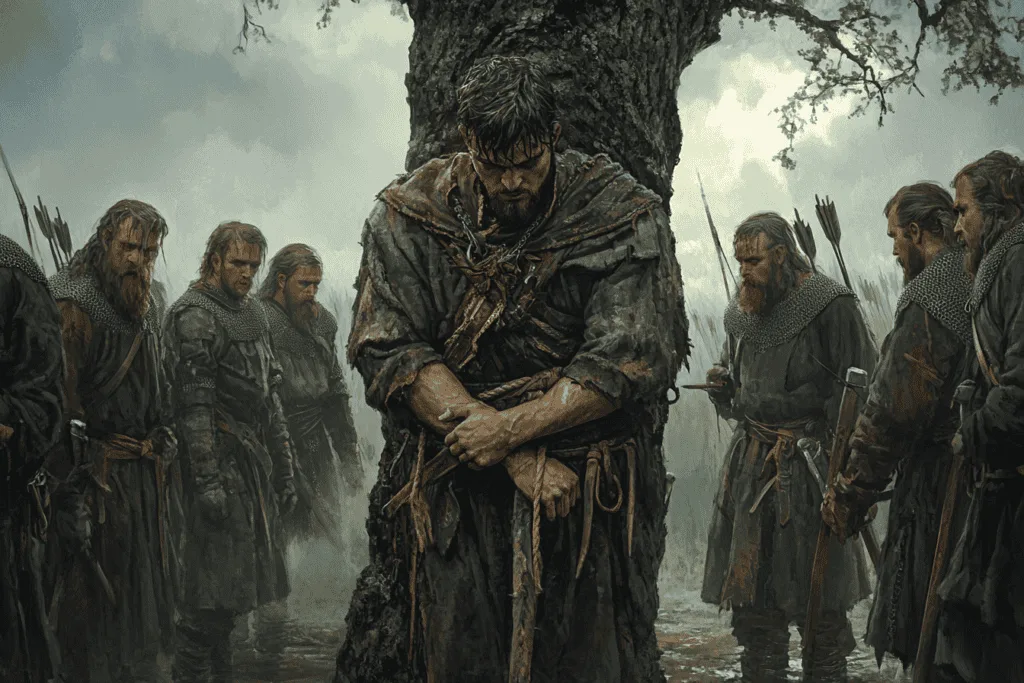
In 869, the Vikings returned to East Anglia, where they faced King Edmund. The East Anglians, who had previously made peace with the invaders, now found themselves under attack. The Viking army was victorious, capturing and killing King Edmund, who would later be venerated as a martyr. The death of Edmund marked the effective conquest of East Anglia, and the Vikings spent the winter at Thetford.
The Challenge of Wessex
By 870, only Wessex remained largely unconquered. The Great Heathen Army, now reinforced by the arrival of the “Great Summer Army” from Scandinavia, turned its full attention to the southern kingdom. The campaign against Wessex was marked by a series of fierce battles. In 871, the Vikings launched a major offensive, capturing Reading and engaging the forces of King Æthelred and his younger brother, Alfred, in a series of battles: Reading, Ashdown, Basing, and Meretun.
At the Battle of Ashdown, the Anglo-Saxons achieved a significant victory, routing the Viking forces and killing several of their leaders. However, the tide of war was far from settled. King Æthelred died shortly after, and Alfred succeeded him. Despite his initial successes, Alfred was forced to pay tribute to the Vikings to buy time and prepare for further conflict.
Over the next few years, the Vikings continued to press their advantage. In 874, they drove King Burgred of Mercia into exile and installed a puppet ruler, Ceolwulf, to govern the region. With Mercia subdued, Wessex stood alone as the last major Anglo-Saxon kingdom resisting Viking domination.
The Turning Point: Alfred the Great and the Battle of Edington
The year 878 proved to be a turning point in the war. The Viking leader Guthrum launched a surprise winter campaign, catching Alfred off guard and forcing him to retreat to the marshes of Athelney in Somerset. From this refuge, Alfred regrouped and rallied his forces. In the spring, he led his army to victory at the Battle of Edington, decisively defeating Guthrum’s forces.
The victory at Edington was followed by the Treaty of Wedmore, in which Guthrum agreed to be baptized as a Christian and to withdraw from Wessex. A formal treaty, known as the Treaty of Alfred and Guthrum, was later established, defining the boundaries between Alfred’s kingdom and the territory under Viking control – the Danelaw. This division shaped the political geography of England for generations.

The Legacy of the Great Heathen Army
The Great Viking Army’s invasion had profound and lasting consequences for England. The establishment of the Danelaw – a region where Norse laws and customs prevailed – created a distinct cultural and legal identity in the north and east of England. Many Norse settled in these areas, intermarrying with the local population and influencing the language, place names, and social structures.
The establishment of the Danelaw brought significant changes to daily life for the Anglo-Saxon population. Norse settlers introduced new agricultural techniques, legal customs, and trade practices. The concept of “thing” assemblies, where free men gathered to make laws and settle disputes, influenced local governance.
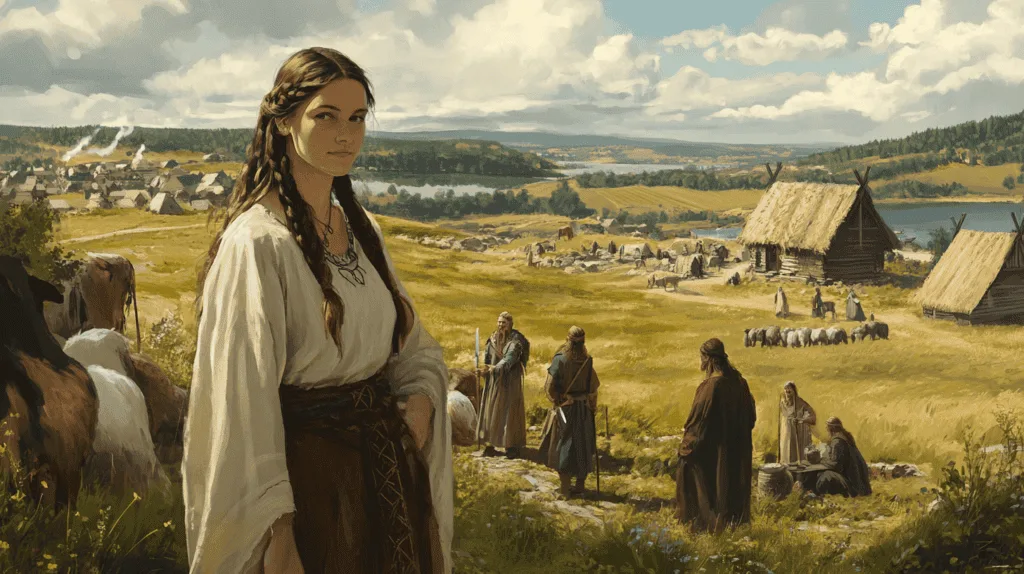
The Norse presence left an indelible mark on the English language. Old Norse words such as “sky,” “window,” and “law” entered the English lexicon. Place names ending in “-by,” “-thorpe,” and “-thwaite” are lasting evidence of Norse settlement. The fusion of Old English and Old Norse dialects contributed to the development of Middle English. The Anglo-Saxon Chronicle, a key source for this period, reflects the interplay between native and foreign influences.
The Vikings’ arrival challenged the dominance of Christianity in England. Many monasteries were destroyed, and the church lost much of its wealth and influence. However, the eventual conversion of Viking leaders like Guthrum to Christianity marked the beginning of a new era of religious coexistence. The blending of pagan and Christian traditions enriched English culture and laid the groundwork for the later medieval church.
Norse society afforded women more rights and autonomy than their Anglo-Saxon counterparts. Women in the Danelaw could own property, initiate divorces, and play active roles in trade and agriculture. This cultural exchange influenced gender roles in England and contributed to the gradual evolution of women’s status in medieval society.
The Impact on Anglo-Saxon Society
The invasion of the Great Heathen Army had a profound impact on Anglo-Saxon society. The destruction of monasteries and the displacement of local elites disrupted traditional power structures. The need to resist the Vikings led to greater centralization of authority and the emergence of stronger, more unified kingdoms.
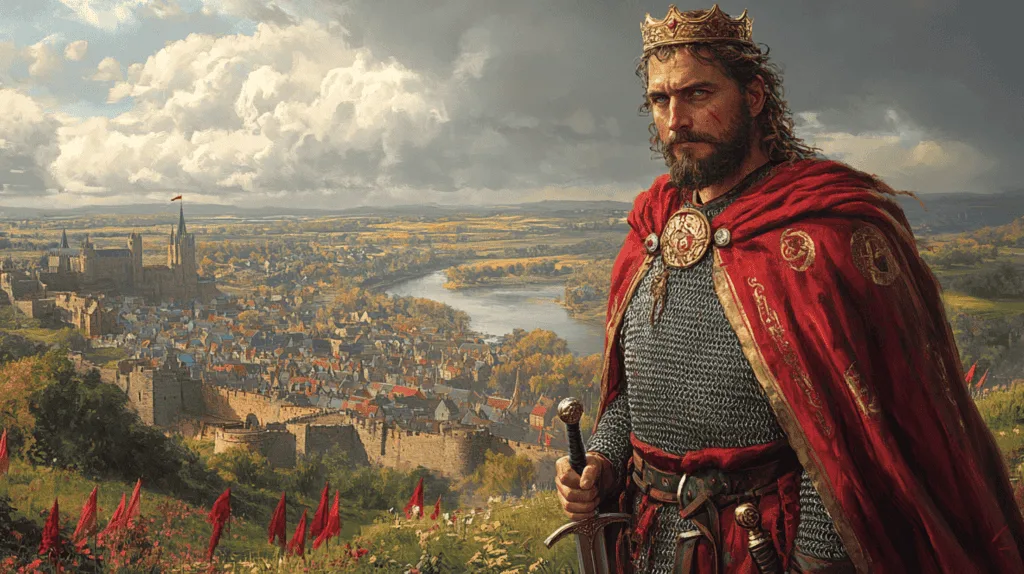
So, the invasion accelerated the consolidation of the English kingdoms. Alfred the Great’s resistance and subsequent reforms laid the foundation for a unified English state. His military innovations, administrative reforms, and promotion of learning helped to strengthen Wessex and set the stage for the eventual unification of England under his successors.
Conclusion
The Great Viking Army’s invasion of England was one of the most significant events in the history of the British Isles. It marked the transition from Viking raids to Norse settlement and conquest, reshaping the political and cultural landscape of England. The resistance of Alfred the Great set the stage for the eventual unification of England and the emergence of a distinct English identity. The legacy of the Great Heathen Army is still felt today, in the language, culture, and history of modern Britain.

